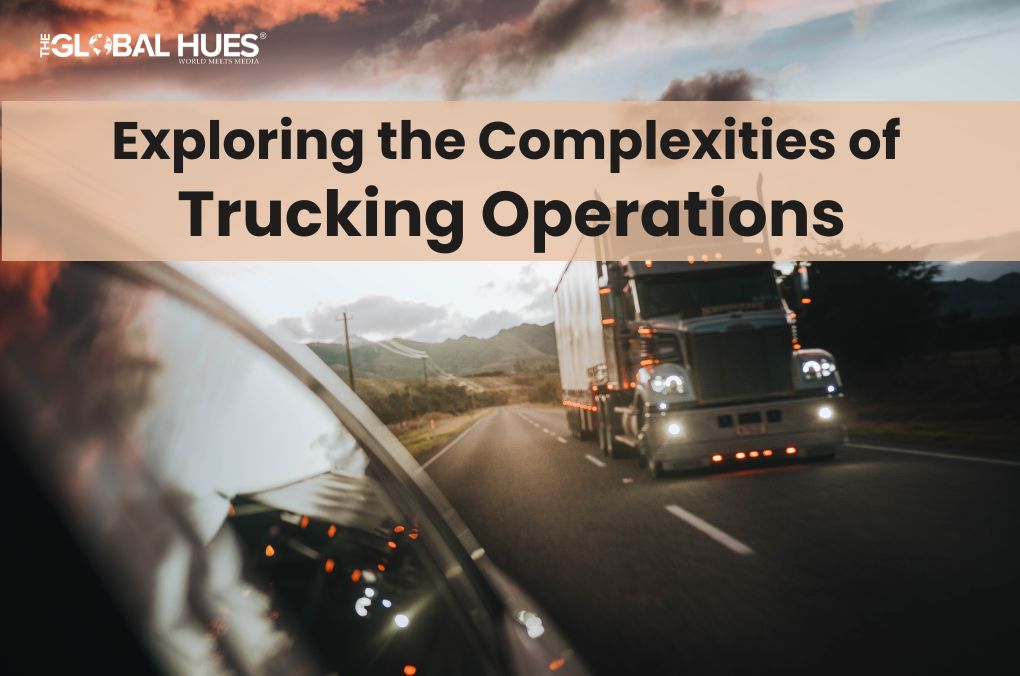Ever pictured a large truck thundering down a seemingly endless highway? The world of trucking isn’t just about colossal vehicles and roaring engines. It’s akin to an intriguing road trip–the trucking industry is a diverse landscape filled with an array of vehicles, carrier styles, regulations, maintenance requirements, and safety protocols. Despite some forecasts casting a bit of a shadow on the trucking industry for the remainder of 2023, it’s projected that the industry’s market size will show a Compound Annual Growth Rate (CAGR) of 3% up until 2027. Strap in, because it’s going to be a fascinating journey!
Assorted Trucks for Various Needs
Just as we come in different shapes and sizes, so do trucks. Each type has its unique role. From the towering semi-trucks, which are essentially movable warehouses, to specialized vehicles designed for distinct tasks–this industry boasts a variety of trucks. From the nimble delivery trucks to the hefty tankers, and even refrigerated vehicles that can keep your goods chilled, the industry exudes a remarkable diversity catering to all kinds of transportation needs.
The Role of Trucking Carriers
Now on to trucking carriers. They aren’t just businesses that own trucks—they are the backbone of the industry. Let’s think about long-haul carriers, their skill is in transporting goods across lengthy distances. Imagine a dedicated cross-country Olympic runner! Then there are regional carriers, providing services within a specific region, akin to your local pizza delivery guy! Less-than-truckload (LTL) carriers, on the other hand, transport smaller loads from various customers—sort of like a city bus picking up different passengers. And last but not least, specialized carriers take on complex jobs, even transporting delicate or hazardous goods. Understanding carriers’ roles in the trucking ecosystem is very very important—each one plays a critical part in the system’s seamless functioning.
Importance of Compliance and Regulations
Just as we have school rules and city ordinances, the trucking industry too requires regulations for its operations. From hours-of-service rules that prevent driver fatigue, weight limits to avoid road damage, to safety requirements that protect all road users–these guidelines ensure the industry runs as smoothly as a well-oiled engine. Compliance isn’t just red-tape, it’s the industry’s commitment to public safety and efficient operations–these regulations keep the trucking industry accountable and in-check.
Need for Regular Truck Maintenance
You wouldn’t let your bicycle rust in a corner, would you? Similarly, regular truck maintenance is a pivotal aspect of trucking operations. It’s about proactively maintaining the health of the truck—diagnosing potential issues, fixing them before they grow into bigger problems, and ensuring safety and efficiency in the long haul. Just as you stick to a skincare routine to maintain your skin’s glow, trucks too need their own ‘pampering’ routine to stay in optimal condition.
Safety Standards: Ensuring Smooth Operations
Finally, let’s shift gears to safety standards—from the usefulness of the trucking accident lawyer in cases of mishaps to the importance of driver training and safety technologies. Why is this important? Because it’s about creating a fine balance between efficiency and safety. Safe trucking operations aren’t just about complying with rules— it’s also about fostering a culture of safety. From installing up-to-date safety tech to conducting regular driver training, these measures are about as essential as carrying a spare tire on a long road trip.
The world of trucking, just like the open road, is filled with diverse landscapes— from different truck types to carriers, crucial regulations, essential upkeep, and safety measures. The next time you see a truck on the highway, remember the intricate operations that keep these vehicles rolling, and tip your hat to the industry that keeps our cities moving and economies thriving.




